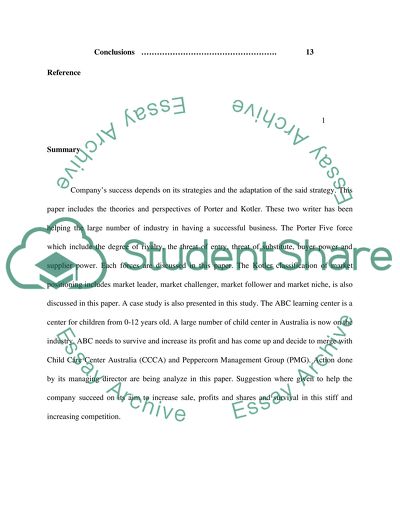Cite this document
(“Porter and Kotlers Essay Example | Topics and Well Written Essays - 2250 words”, n.d.)
Porter and Kotlers Essay Example | Topics and Well Written Essays - 2250 words. Retrieved from https://studentshare.org/miscellaneous/1523886-porter-and-kotlers
Porter and Kotlers Essay Example | Topics and Well Written Essays - 2250 words. Retrieved from https://studentshare.org/miscellaneous/1523886-porter-and-kotlers
(Porter and Kotlers Essay Example | Topics and Well Written Essays - 2250 Words)
Porter and Kotlers Essay Example | Topics and Well Written Essays - 2250 Words. https://studentshare.org/miscellaneous/1523886-porter-and-kotlers.
Porter and Kotlers Essay Example | Topics and Well Written Essays - 2250 Words. https://studentshare.org/miscellaneous/1523886-porter-and-kotlers.
“Porter and Kotlers Essay Example | Topics and Well Written Essays - 2250 Words”, n.d. https://studentshare.org/miscellaneous/1523886-porter-and-kotlers.


